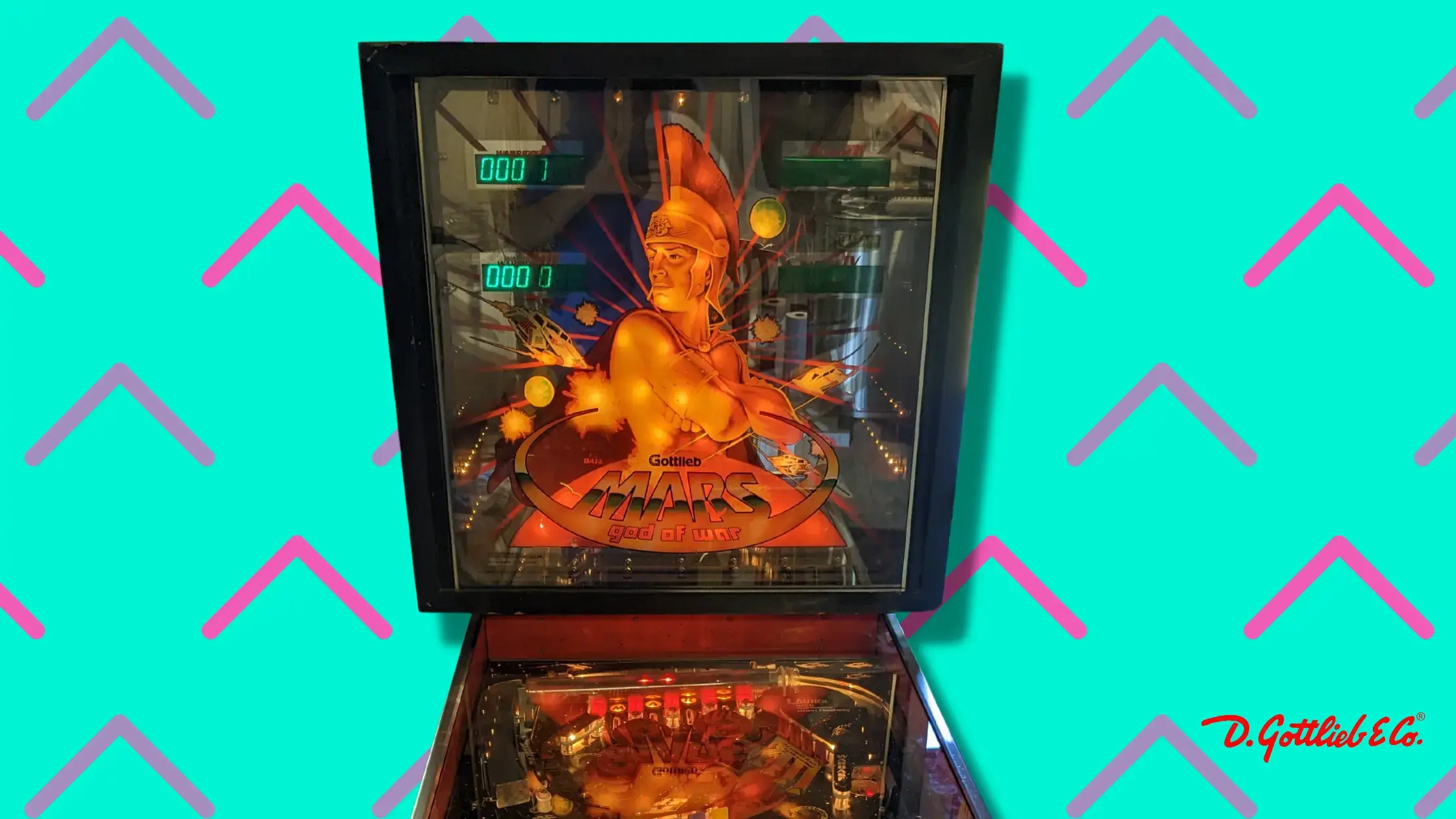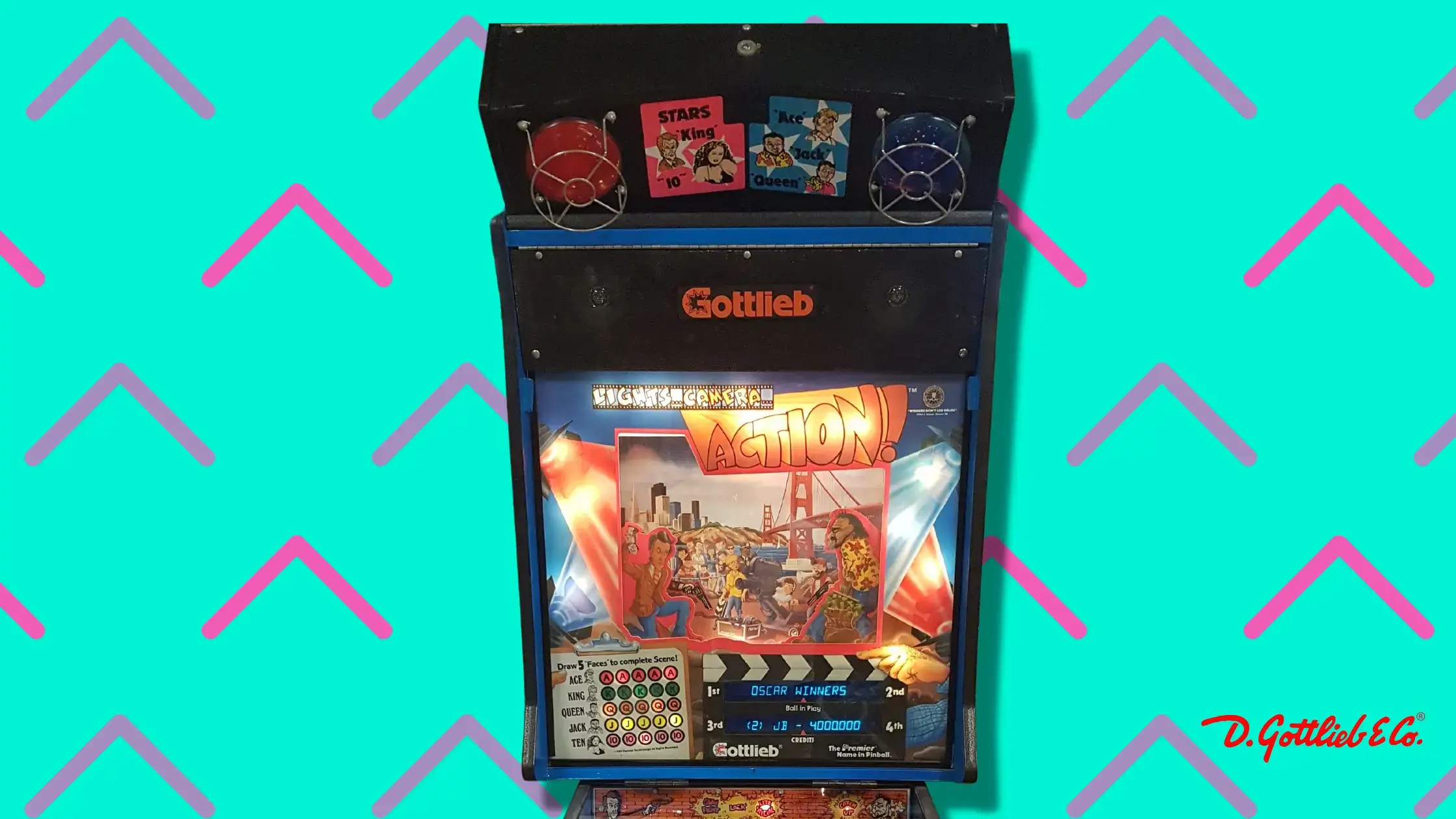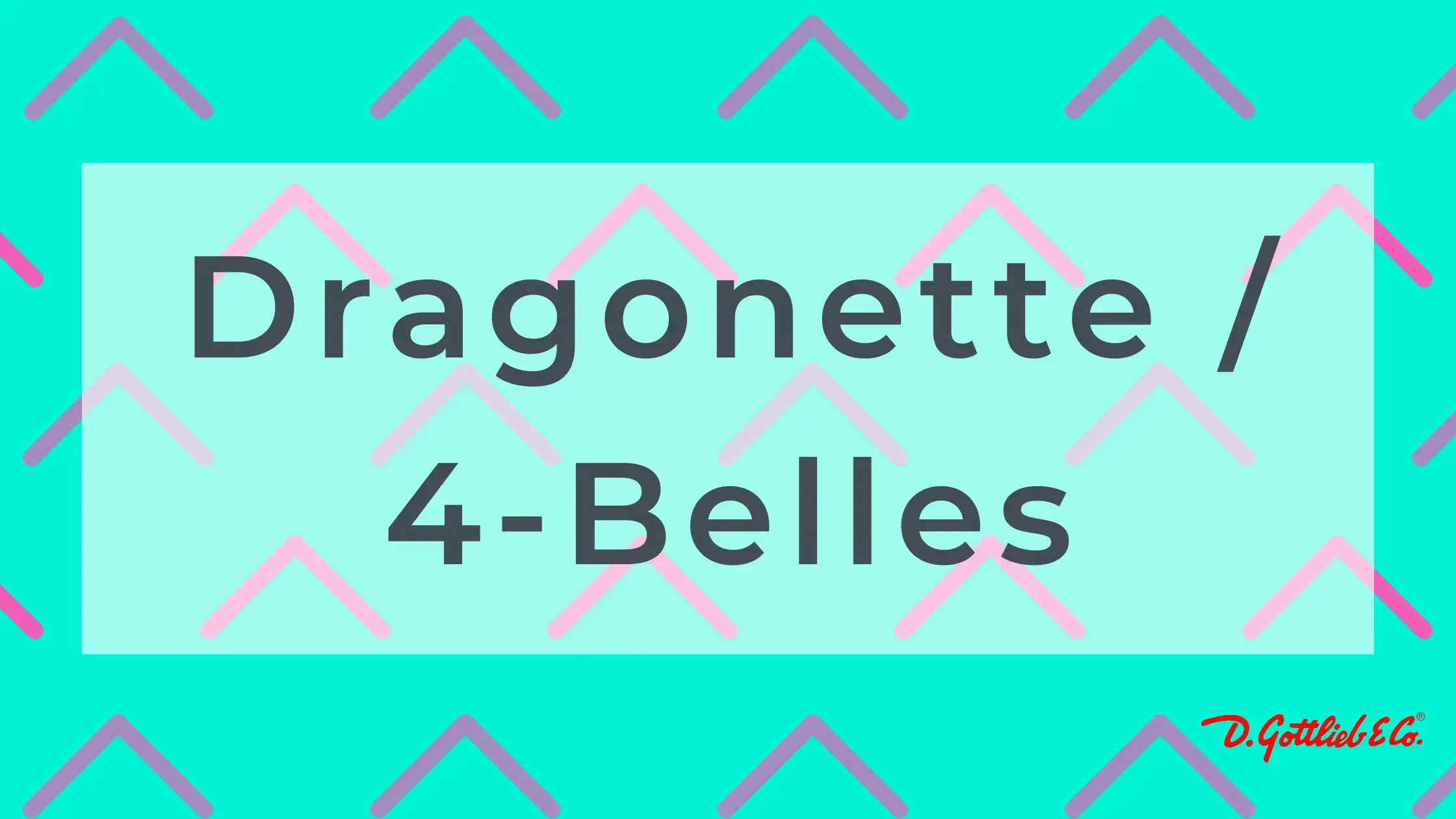Flyers & Promo Media
Mini Pool
Quickie Version:
UTAD, ideally via a bank shot off a lit standup target.
Go-to Flipper:
Balanced
Risk Index:
Very High; see nudging notes
Full Rules:
Two main goals: collect the 10 numbers, then shoot lit targets (worth 3000 vs. 500 unlit); and get the bumper lit for 1000 points and hit it as often as possible. Mini Pool is the add-a-ball version of Target Pool, with the point values 10 times higher. You can’t shoot any of the number targets directly, you have to get them via slingshot hits, kicks off of the bumper, or bank shots. Just put the ball up top and let the slings and bumpers do the work, with nudging assists from you. You light the bumper by making the 6, 7 and 8 lanes at the top. Find the Skill Shot for each top lane. Ideally, plunge the 6 first, soft plunge the 8 on the next ball, and get the 7 last to get the sure 1000 points when the ball hits the now-lit bumper after going through it. If and only if the game has strong flippers, you can instead plunge for the 7 lane first. Why? You’ll find that bank shots to the top of the game off of the side standup targets will sometimes go back up through one of the top lanes. This happens far more often for the 6 and 8 lanes than for the 7 lane. If it does go through to the very top, try to nudge the ball into any other lane you don’t already have when it comes back down. But it does mean that it’s possible to get the bumper lit on the first ball, which is a huge scoring advantage on this game. Numbers 1-5 are collected from either of the two standups for each number on the upper sides. The 6 you get from the top left lane and left return lane; 7 from the top center lane and either outlane; 8 from the top right lane and right return lane. The 9 and 10 are the two hard-to-see standup targets between the bottom of the top center lane and either top side lane. Collecting all 10 numbers adds a ball and lights the return lanes and outlanes for extra balls, too. Collecting numbers also lights some of the 15 (!) standup arrow targets for 3000 instead of 500 points. Ball control: the inlanes usually will feed the ball down fast enough to transfer it to the other flipper; do so if there are lit arrows you can shoot from the other side but not from the return lane side. Likewise, use dead bounces and catches to get the ball to the shoot-lit side. In general, shoot the ball up top all the time and don’t bother to shoot the arrows on the center bank unless they’re lit. Going topside gives you a chance to light the bumper if it’s not lit, to hit it if it is, and to collect more numbers to light more arrows. Drain shots: The standup targets on the right and left ends of the center bank. The ONLY time you should ever shoot one of these is if all three of these are true: 1. it’s lit for 3000 2. you’re the final player 3. you need less than 3000 points to win The center bank’s center target can be drainy, so don’t shoot it even if lit. The other center bank targets tend to be fairly safe, but again, don’t shoot for one unless it’s lit for 3000. Nudging: You want to nudge up top at times to get the ball to hit the upper slings hard enough to get a good kick off of them and score number targets; this calls for a push nudge. You want to do side nudges up top as the ball is approaching the top-bottom divider necks [edges of the slings above and center target bank below] to get the ball to come down from the top along the face of the lower slingshots. The most common drains on the game, besides those two targets I warned you about, are rolling down the sides directly from the upper playfield, slingshot cross-drains on the lower playfield, and soft downward bounces off of the arrow targets near the neck that go down the middle. When you see that the ball is coming down and is either going to hit one of these targets or hit a slingshot too softly to trigger it and then roll into one of the arrow standups, try to gauge the angle of attack. You want the ball to bounce off the arrow target and go parallel to the lower slingshot close enough to it so that the ball rolls down its face to the flipper without triggering the slingshot.
via Bob's Guide
Target Pool
Quickie Version:
UTAD.
Go-to Flipper:
Balanced
Risk Index:
Very High; see nudging notes
Full Rules:
Two main goals: \n collect 14 of the 15 numbers, omitting one of the 1-5 or 9-15, then shoot lit targets (worth 300 vs. 50 unlit); and get the bumper lit for 100 points and hit it as often as possible. You can’t shoot any of the number targets directly, you have to get them via slingshot hits, kicks off of the bumper, or bank shots. Just put the ball up top and let the slings and bumpers do the work, with nudging assist from you. You light the bumper by making the 6, 7 and 8 lanes at the top. Find the Skill Shot for each top lane. Ideally, plunge the 6 first, soft plunge the 8 on the next ball, and get the 7 last to get the sure 100 points when the ball hits the now-lit bumper after going through it. If and only if the game has strong flippers, you can instead plunge for the 7 lane first. Why? You’ll find that bank shots to the top of the game off of the side standup targets will sometimes go back up through one of the top lanes. This happens far more often for the 6 and 8 lanes than for the 7 lane. If it does go through to the very top, try to nudge the ball into any other lane you don’t already have when it comes back down. But it does mean that it’s possible to get the bumper lit on the first ball, which is a huge scoring advantage on this game. Collecting numbers “sort of” increases the number of lit arrow standups, but it’s not one-to-one: yes, there are 15 numbers and 15 arrow targets, but how many and which one(s) are lit move with switch hits. You can have two numbers and two lit or ten numbers and none lit, but in general, more numbers translate to more lit targets. Now, why complete all but 1 (!) of the numbers 1-15 around the sides of the game? Because if you get them ALL, the inlanes and outlanes change value from 100 points to Special. In tournament play, the Special is worth Zero. If you do get them all, there’s no way to un-do it. Ball control: the inlanes usually will feed the ball down fast enough to transfer it to the other flipper; do so if there are lit arrows you can shoot from the other side but not from the return lane side. Likewise, use dead bounces and catches to get the ball to the shoot-lit side. In general, shoot the ball up top all the time and don’t bother to shoot the arrows on the center bank unless they’re lit. Going topside gives you a chance to light the bumper if it’s not lit, to hit it if it is, and to collect more numbers to light more arrows. Drain shots: The standup targets on the right and left ends of the center bank. The ONLY time you should ever shoot one of these is if all three of these are true: 1. it’s lit for 300 2. you’re the final player 3. you need less than 300 points to win The center bank’s center target can be drainy, so don’t shoot it even if lit. The other center bank targets tend to be fairly safe, but again, don’t shoot for one unless it’s lit for 300. Nudging: You want to nudge up top at times to get the ball to hit the upper slings hard enough to get a good kick off of them and score number targets; this calls for a push nudge. You want to do side nudges up top as the ball is approaching the top-bottom divider necks [edges of the slings above and center target bank below] to get the ball to come down from the top along the face of the lower slingshots. The most common drains on the game, besides those two targets I warned you about, are rolling down the sides directly from the upper playfield, slingshot cross-drains on the lower playfield, and soft downward bounces off of the arrow targets near the neck that go down the middle. When you see that the ball is coming down and is either going to hit one of these targets or hit a slingshot too softly to trigger it and then roll into one of the arrow standups, try to gauge the angle of attack. You want the ball to bounce off the arrow target and go parallel to the lower slingshot close enough to it so that the ball rolls down its face to the flipper without triggering the slingshot.
via Bob's Guide










